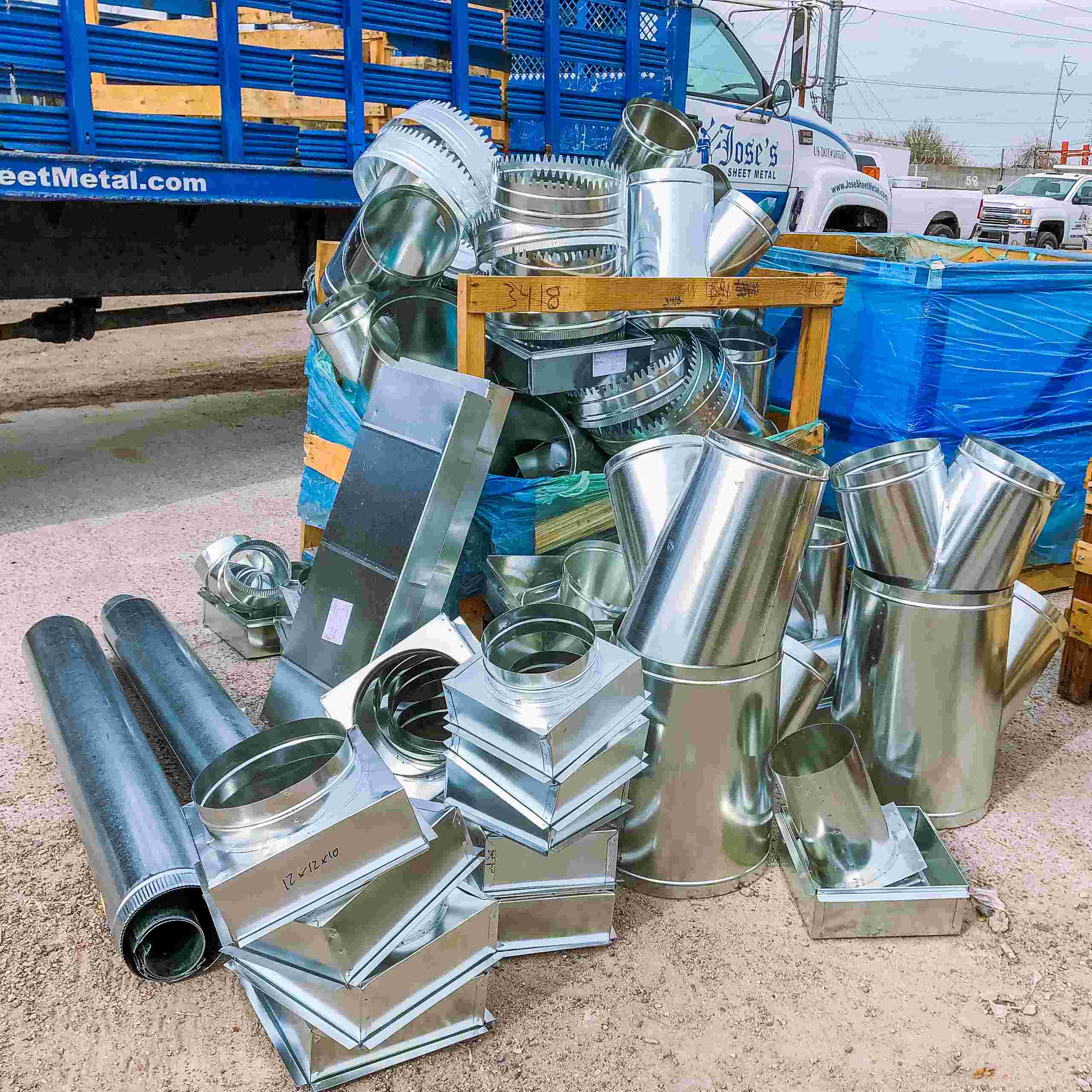In the design and construction of HVAC (Heating, Ventilation, and Air Conditioning) systems, the choice of duct materials and shapes plays a crucial role in system efficiency, performance, and durability. As technological advancements and materials continue to evolve, it's essential to understand how each type of duct can influence indoor environments, energy consumption, and operational costs.
Ducts come in a variety of shapes, each designed to meet different space requirements, airflow needs, and energy efficiency goals:
Features: Rectangular ducts are traditionally used in applications requiring high airflow volume. They are suitable for installations where vertical space is limited but horizontal space is sufficient.
Benefits: They offer good performance in terms of air distribution and are easy to fabricate and install. They are particularly effective in commercial and industrial settings.
Features: Round ducts are the most efficient in terms of pressure loss and uniform airflow distribution. Due to their shape, they minimize corners and edges where air could get trapped.
Benefits: They enhance energy efficiency by reducing resistance to airflow, resulting in lower energy consumption and operational costs. They are ideal for residential and commercial systems where precise air distribution is required.
Features: Oval ducts combine some advantages of both round and rectangular ducts. They offer efficient airflow like round ducts but occupy less vertical space.
Benefits:They are aesthetically pleasing and can be a practical solution when balancing space constraints with performance requirements. They are used in applications where ceiling height is limited but efficient airflow is necessary.
When selecting the right duct design for your project, consider the following factors:
Space Requirements:
Evaluate the available space for duct installation and choose the
shape that best fits your spatial constraints.
System Performance:
Consider how each design will impact overall HVAC system
performance. Factors such as airflow resistance, pressure loss, and air distribution are
critical.
Energy Efficiency:
Ducts that minimize energy loss due to airflow resistance can
significantly reduce long-term operational costs.
Installation and Maintenance Costs:
Assess the costs associated with manufacturing,
installation, and maintenance of each duct type.

Choosing the appropriate duct design and material for your project can have a profound impact on HVAC system efficiency, performance, and cost-effectiveness. Carefully evaluate your specific needs and consult HVAC professionals to determine the best option for your project. By doing so, you'll ensure a comfortable and efficient indoor environment while optimizing operational costs over time.
If you’re a new customer, you’ll receive 5% off your first order!